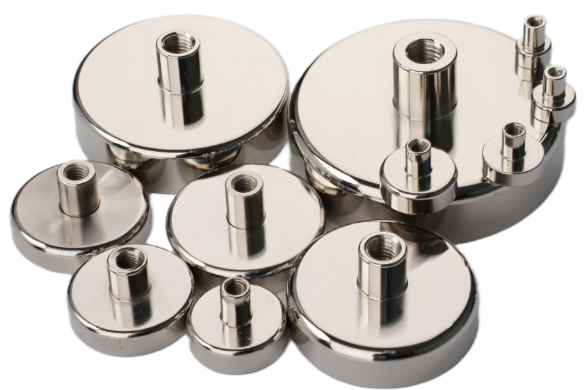Types of Neodymium Magnet Coatings: Protecting the World's Strongest Magnets
Introduction
Neodymium magnets, also known as NdFeB magnets, are among the most powerful permanent magnets available today. Comprising neodymium, iron, and boron, these magnets are essential in various applications ranging from consumer electronics to industrial machinery.
However, their susceptibility to corrosion necessitates the use of protective coatings to maintain their structural integrity and magnetic performance. This article explores the various types of coatings used on neodymium magnets, their properties, benefits, and applications.
Understanding Neodymium Magnets
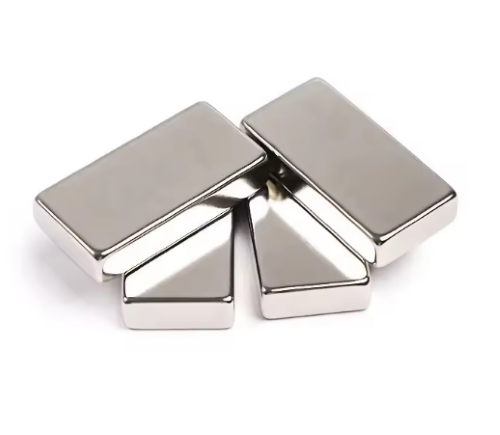
Neodymium magnets are known for their exceptional magnetic strength, but they are also prone to corrosion because of their high iron content. When exposed to moisture or corrosive environments, neodymium magnets can deteriorate quickly, losing their magnetic properties and structural integrity. To combat this, various protective coatings are applied, which also help to extend the magnet's life and enhance its performance in diverse applications.
Benefits of Coating Neodymium Magnets
Coatings not only protect neodymium magnets from environmental factors but also enhance their utility in various applications. They prevent the leaching of metal ions into sensitive areas, thus ensuring compliance with strict regulatory standards, especially in food processing and medical fields. Coatings can also improve the aesthetic appeal of the magnets, making them suitable for visible parts in consumer products.
Main Types of Neodymium Magnet Coatings
1. Nickel-Copper-Nickel (Ni-Cu-Ni)
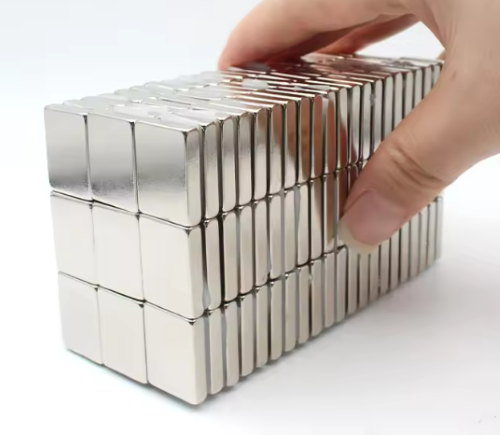
Nickel coated neodymium magnets feature a triple-layer structure that consists of a central copper layer flanked by two layers of nickel. The triple-layer offers excellent corrosion protection and boasts a shiny, attractive finish that enhances the visual appeal of consumer goods. Its common use is in the manufacturing of motors and sensors, as well as in jewelry, where aesthetic appearance is crucial.
2. Zinc (Zn)
Zinc coating consists of a single layer of passivated zinc, which is applied to the surface through electroplating or dipping processes. This coating provides good resistance to corrosion under typical conditions and is known for being cost-effective. Zinc coating is frequently used in automotive sensors, switches, and various general industrial applications that do not involve high moisture exposure.
3. Epoxy
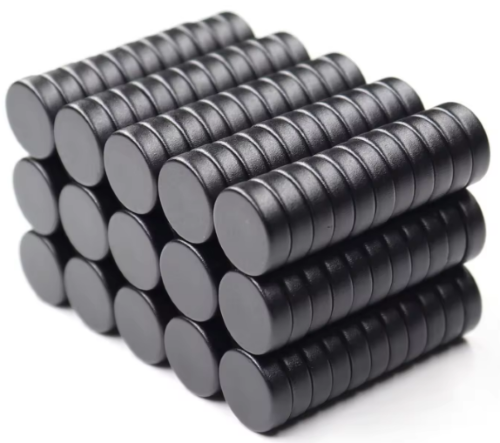
Epoxy coated neodymium magnets come with a thermosetting polymer. This coating is applied either by dipping or spraying the surface, which then cures to form a durable protective layer. Epoxy coated neodymium magnets exhibit exceptional resistance to moisture and chemicals, and are available in a variety of colors, making them suitable for both coding and enhancing the aesthetic appeal. Epoxy coating is particularly well-suited for outdoor environments, including on wind turbines and in marine settings, where it can withstand harsh and demanding conditions.
4. Polytetrafluoroethylene (PTFE)
PTFE coating is commonly known as Teflon. This coating is applied through spraying or dipping to form a thin, protective layer. PTFE coated magnets, or Teflon coated magnets, are highly resistant to chemicals and corrosion, and their non-stick surface significantly eases cleaning and handling. Therefore, PTFE coated magnets, or Teflon coated magnets, are ideal for use on medical devices and food processing equipment, where non-toxicity and high standards of cleanliness are essential.
Related reading: Teflon (PTFE) Coated Magnets Used in Highly Corrosive Environment
5. Gold (Au)
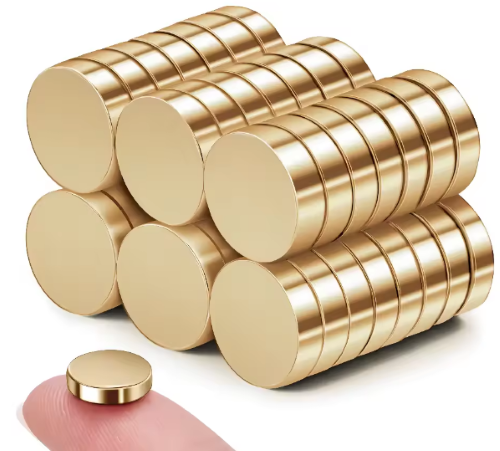
Gold coating is a thin layer of gold applied over the magnet through the electroplating process. It offers excellent resistance to tarnish and corrosion and delivers an aesthetically pleasing finish. Gold-coated magnets are useful in electronic applications, particularly in connectors, where reliable, corrosion-free connections are essential.
6. Rubber
Rubber coating involves a soft rubber material. It is typically applied by dipping the magnet into it. Rubber coating provides excellent shock absorption and enhances resistance to chipping. Additionally, it offers a non-slip surface. Rubber-coated magnets are ideal for use in consumer products such as magnetic mounts, toys, and tools that are frequently handled, where durability and safety are important.
Choosing the Right Coating
The choice of coating depends on several factors:
- Environmental Exposure: Magnets used outdoors or in humid environments may require more robust coatings like epoxy or PTFE.
- Mechanical Stress: For applications involving physical impact or vibration, rubber coatings can provide additional protection.
- Regulatory Requirements: In industries like food processing and healthcare, non-toxic coatings such as PTFE are necessary.
- Cost Constraints: For applications where cost is a significant factor, zinc or nickel coatings might be the most appropriate choice.
Stanford Magnets is a trusted supplier of various types of neodymium magnets. Our magnets are available in multiple shapes and sizes, designed to meet a wide range of needs. They offer superior pull performance compared to other materials of the same volume. Visit our website to explore our extensive collection of super-strong neodymium magnets.
Table 1 Different Neodymium Magnet Coatings
|
Coating Type |
Applying |
Properties |
Applications |
|
Nickel-Copper-Nickel |
A triple layer coating with nickel layers sandwiching a copper layer |
Excellent corrosion protection, shiny finish |
Motors, sensors, jewelry |
|
Zinc (Zn) |
A single-layer or passivated zinc coating applied by electroplating |
Good corrosion resistance, cost-effective |
Automotive sensors, switches, industrial applications |
|
Epoxy |
A thermosetting polymer applied as a dip or spray |
Exceptional moisture and chemical resistance, color variety |
Outdoor use, wind turbines, marine applications |
|
Polytetrafluoroethylene (PTFE) |
Also known as Teflon, applied via spraying or dipping |
Chemical and corrosion resistance, non-stick |
Medical devices, food processing equipment |
|
Gold (Au) |
Applied through electroplating |
Resists tarnish and corrosion, aesthetically pleasing |
Electronic connectors |
|
Rubber |
Typically applied by dipping |
Shock absorption, resistance to chipping, non-slip surface |
Consumer products like magnetic mounts, toys, and tools |
Conclusion
The durability and functionality of neodymium magnets are heavily influenced by the type of coating applied. Coatings such as nickel, epoxy, and PTFE not only enhance the magnet's appearance but also protect it from corrosion and optimize its performance in specific environments.
As technology progresses and the demand for high-performance magnets escalates, the innovation and improvement of these coatings will remain a pivotal area of research in magnet technology. This ongoing development is crucial for ensuring that neodymium magnets continue to meet the evolving needs of various industries.












